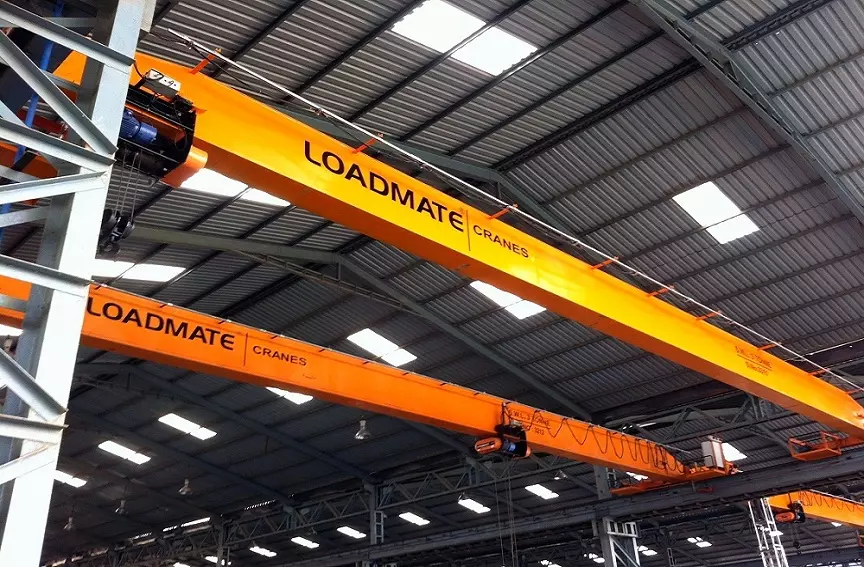Workplace injuries are common in construction, manufacturing, and some industries. In most cases, employees become injured at the time of managing hazardous materials and heavy loads. Some risky tasks at industrial sites can cause RSI (Repetitive Strain Injuries). While workers perform their tasks in one motion several times, they have this strain injury. Every year, Indian Industries have a loss of billions of rupees for these injuries.
From the report of Industrial Safety and Health Index, we have learned that one of the major reasons behind workplace injuries, like RSIs, is overexertion. Workers who are engaged in the repetitive activities of pulling, pushing, lifting, and carrying heavy objects have these injuries.
Potential injuries caused by repetitive tasks
- Carpal tunnel syndrome
- Tendonitis, sprains
- Rotator cuff injuries
- Strains and tears of muscles
Although the load is lightweight, workers may need to lift them repetitively. In due course, they will have leg and back injuries.
Is the load too heavy for your employees?
Every person has the capacity to carry limited weight, and that limit is safe for workers. National Institute of Occupational Safety has created a formula to identify the highest safety limit of carrying weight. We refer to it as the Recommended Weight Limit, and workers in your industry must know about this RWL. The repeated load-lifting limit, as set by NIOS, is 23 Kgs. However, there are some variables reducing the highest safe weight for each of the applications.
How much load is safe to carry?
Moreover, there is a range of factors reducing the RWL for your repetitive lifting activities. For instance, some of these commonly known factors are-
- Vertical and horizontal location
- Asymmetric angle
- Vertical travel distance
- Duration and frequency of lifting
- Holding Grip
Based on the 23 kgs NIOS formula, while we analyze and calculate these factors, the highest RWL for an application gets lower. While each of these factors turns out to be severe, the safe weight carrying limit also becomes smaller. Ultimately, there is a higher risk of RSIs.
What are the ways to prevent RSIs?
When the workers need to do repetitive lifting tasks, they have to learn the way of minimizing the RSI risk. The easiest trick for you is to decrease the distance load that you have lifted. Moreover, it is essential to reduce the load that you lift from and to the floor. Those few tweaks will lower the adverse effect of lifting activities on your workers. Finally, you will find the load-lifting process becomes safer for your workers. You may also lower the lifting frequency of loads.
Is it the right time to invest in cranes?
When the load weight is higher than 23 kgs and you need to lift it repetitively, you must not choose the manual lifting process.
Nowadays, most manufacturing and construction businesses have invested in mechanical load-lifting systems, like cranes. Instead of manual lifting, these mechanical systems have simplified their tasks. You may also buy overhead bridge cranes and jib cranes to reduce injuries and strains from repetitive lifting tasks.
The introduction of modern material handling systems has become highly advantageous for manufacturing businesses. The best machines will surely last long, and you can save the labour of your workers. Moreover, the installation of cranes will also increase the productivity of your business. What’s more, you can offer better quality services and products to your customers. The worker morale will also have a sign of positivity. The most notable fact is that you can decrease the production cost while maintaining workflow.
While using specially designed cranes, your workers will avoid the risk of injuries. You may also establish worker safety rules to ensure the better health of your workforce. You will save money invested in annual workers compensation.
Jib cranes
Jib cranes are specialized systems with a floor-mounted pillar attached to a movable hoist. You can find their uses mostly on military vehicles and industrial premises. You may fit the crane to the top floor of your building to lift loads to any floor.
The jib refers to an operating arm placed horizontally, and it is a tilted strut sustaining a pulley block. Moreover, cables remain wrapped around the blocks. While you have pulled one end of the cable, the pulley system will produce a force to your load.
Although some jib cranes are small, they have the capability of hoisting several tonnes. You can invest in these user-friendly cranes for your industrial purposes.
Bridge cranes
Bridge cranes, known as overhead cranes, comprise parallel components with a travelling bridge that spans a gap. The lifting system is the hoist moving along the bridge. While this bridge sustains more than two legs, we call it the gantry crane. You can find cranes with two configurations. One of them is the EOT crane that needs a control pendant and remote pendant. The other one is the rotary bridge crane with the tip of the bridge fitted to a pivot.
Now, you can look for a range of crane systems to ensure safety for your workers. While buying these cranes, you have to check their load-carrying capacity. It will be easier for you to manage loads with the best cranes.




